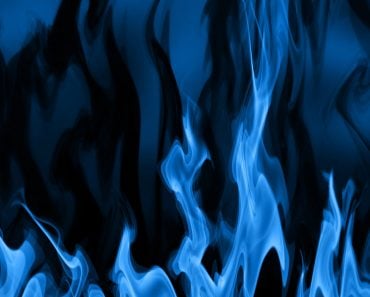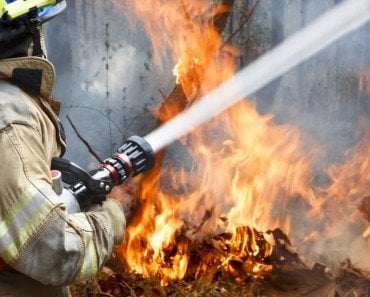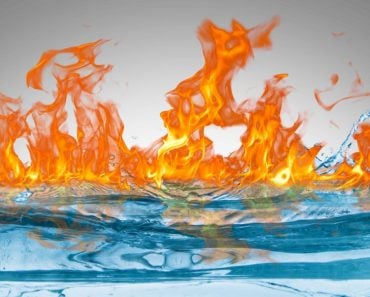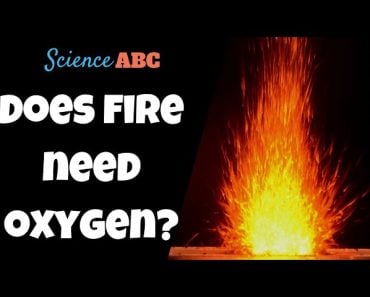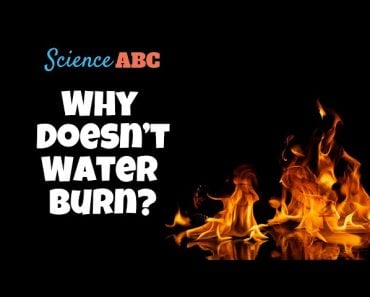Table of Contents (click to expand)
The state of fire is plasma (mostly). Science cannot precisely describe the true nature of fire, but to clear up the doubts of inquisitive minds, fire is most similar to plasma! Plasma resembles a gas more than any other state of matter, but it behaves very differently from a gas.
Every object that has ever existed on this planet can be classified into three basic states of matter: solid, liquid or gas. That’s what we were told to believe in our science classes, right? But… what about fire? Imagine holding fire in your hands like a brick, storing it in some kind of vessel or even better, trying to fill a balloon with a raging inferno! Doesn’t seem possible, right? To all those people who scratched their heads during those boring chemistry classes, here’s a piece of trivia: fire doesn’t really belong to any of the aforementioned groups. In fact, the closest state of matter that it can be compared to is plasma. Plasma?
What on God’s green earth is that?
Recommended Video for you:
How Is Fire Like A Gas?
Before jumping to the fun part, one must rule out the possibilities of fire being a gas or a solid (Surely, it’s not a liquid, right?) So… why can’t fire be a gas? In its true nature, fire does share some properties with other gases. Like gas, it does not have a definite shape or volume, unless it is enclosed in an appropriate container. The visible conflagration that one witnesses is simply gas that is still reacting and providing illumination. However, fire doesn’t expand evenly like other gases in a given closed container.
Furthermore, fire is incapable of forming structures like filaments, beams and double layers under the influence of a magnetic field. Thus, fire cannot serve as an electromagnet when exposed to a magnetic field, which is not the case with solids, liquids or gases. So basically, fire’s atomic structure is acting like Switzerland did during the World War! Not taking sides…. nice and complicated.
Also, the laws of physics dictate that one cannot extract more energy out of a given substance without investing more energy into it. This fact eliminates the slightest possibility of fire being a solid, liquid, or gas. All types of fire gradually die out and cannot continue to exist in their natural state forever, unlike the above. For example, a funeral pyre would eventually die out if it was not constantly furnished with oxygen and flammable material.
Fire And Plasma? Plasma!
Let’s rewind and take a look at some of the earlier theories developed by humans to give tangible meaning to their outlandish findings. Before Sir William Crookes identified the fourth state of matter (plasma) in 1879 , mankind only believed in three states of matter that were available to them. Before the advent of the idea of plasma, man believed that fire was actually a separate element.
Plasma is a cloud of protons, neutrons, and electrons where all the electrons have isolated themselves from their respective molecules and atoms, giving plasma the unique ability to act as a whole, rather than as a bunch of individual atoms. It pretty much behaves like a high school punk who decides to abandon his set of friends, only to succumb to a life of solitude. Aside from the hypothetical existence of “Dark Matter”, plasma is the most abundantly and scientifically accepted form of ordinary matter found throughout the universe!
Plasma resembles a gas more than any other state of matter, but it behaves very differently from a gas. This is because the free electrons are not in constant physical contact with one another due to a lack of affinity towards each other. This means that plasma can flow like a liquid or a fluid, comprised of specific areas that are like groups of atoms sticking together. This property of plasma differentiates it from all other gases.
In other words, the exact definition of fire is still a bit of a mystery. Science cannot precisely describe the true nature of fire, but to clear up the doubts of inquisitive minds, fire is most similar to plasma!



